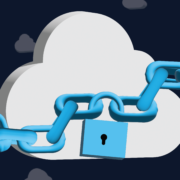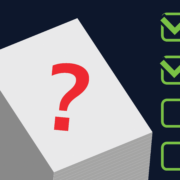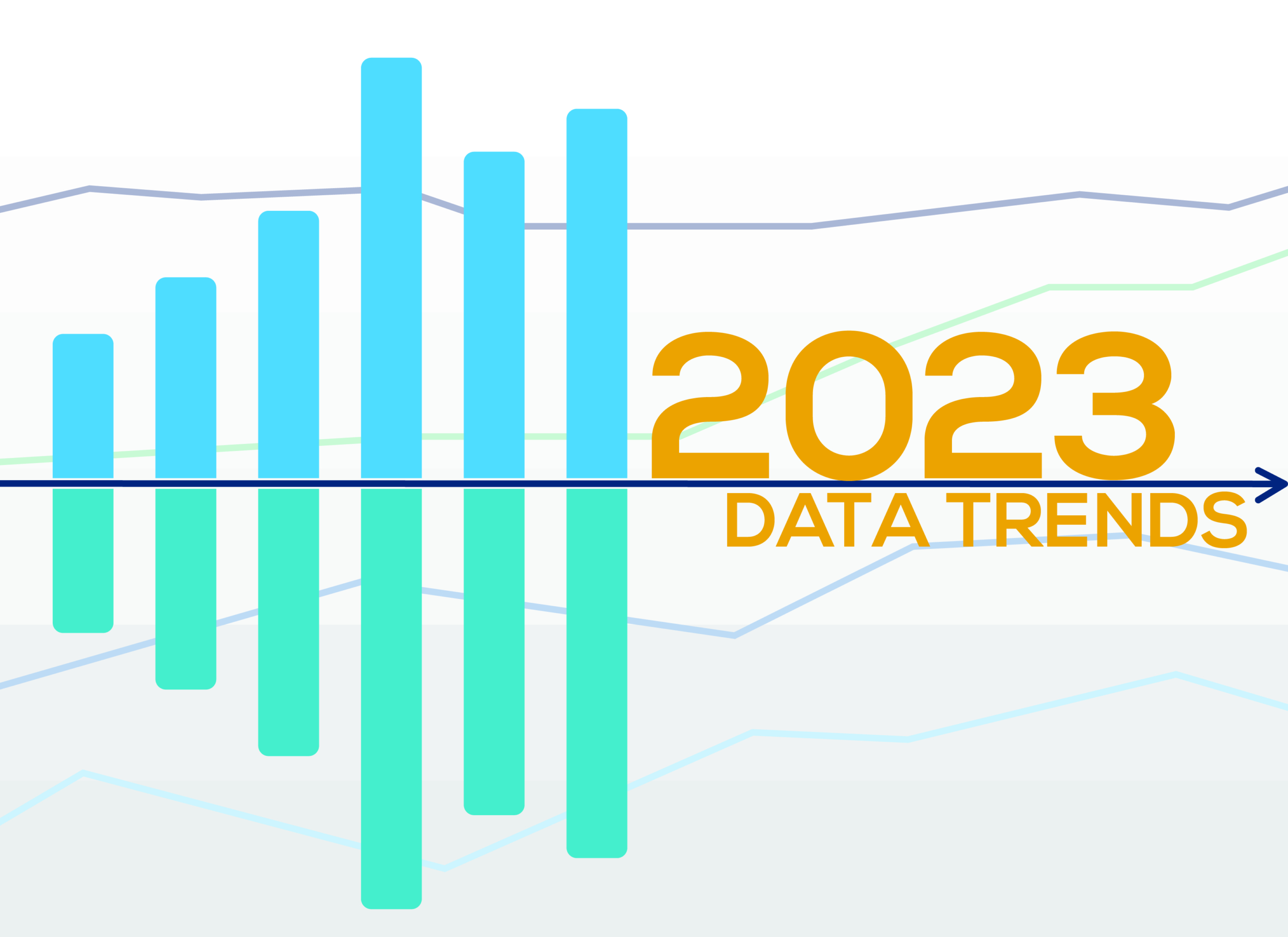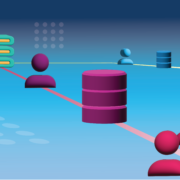It’s no surprise that cloud storage has taken the world by storm. Employees can access work documents and work from anywhere. Students and scholars can find reference material without access to the publishing institute. Individuals can store their files and access them without carrying around personal drives and memory cards. But when your data is accessible from anywhere – theoretically by anyone – security becomes the new concern.
In the digital world, data is a business’s most valuable research tool to stay competitive. It allows business owners to predict consumer behavior and make informed decisions that help their businesses operate efficiently. However, as businesses grow, managing their data can become increasingly challenging.
Data Security Posture Management (DSPM) Is a data-first protocol that accounts for the emerging complexity of securing sensitive cloud data across multiple cloud environments in recent years. DPSM focuses on Identifying where sensitive data Is stored, who has access to that data, how that data Is used, and how secure that data Is kept as a result. The resulting posture assessed for your organization’s data security can then be addressed by DSPM tools and solutions for proactive and automated protection.
What is Data Governance?
Data Governance, as defined by the Data Governance Institute, is “a system of decision rights and accountabilities for information-related processes, executed according to agreed-upon models which describe who can take what actions with what information, and when, under what circumstances, using what methods.”
What Is Data Loss Prevention?
Data Loss Prevention (DLP) solutions comprise of the tools used with the supporting DLP strategies of the organization to help prevent and mitigate data breaches and data leaks that maliciously take, destroy, or lock access to sensitive data. Since the accelerated shift to work from home because of the COVID-19 pandemic, data breaches have increased significantly in frequency as both an internal and external threat.
What Is Data Loss Prevention?
Data Loss Prevention (DLP) solutions comprise of the tools used with the supporting DLP strategies of the organization to help prevent and mitigate data breaches and data leaks that maliciously take, destroy, or lock access to sensitive data. Since the accelerated shift to work from home because of the COVID-19 pandemic, data breaches have increased significantly in frequency as both an internal and external threat.
Whether in traditional formats such as paper in a file cabinet, digitally stored in local drives, or remotely stored with a cloud provider, sensitive data for an organization, their staff, and their clients are likely to be found within them. When a security plan is not adequately enforced to locate, classify, and protect that sensitive data, the potential breach that can follow can lead to identity theft that jeopardizes an organization’s trust, whether from their staff, their clients, or the public at large.
Educational institutions and the third-party entities that help manage their data often possess and obtain sensitive student data as part of their operations. The need to keep that data in legal compliance and to maintain student privacy with its use means extra care and maintenance must be done to prepare the data for a cloud migration.
Data security has become more important than ever in 2022. Due to the increase in data breaches over the years, data security for sensitive information has become a more prevalent issue for both regulatory requirements, such as GDPR, and customer trust, who will essentially avoid doing business with companies they don’t trust with their personal data. Confidential information for organizations is also commonly stored as data, which in turn requires effective data security to protect both trade secrets and the bottom line.














